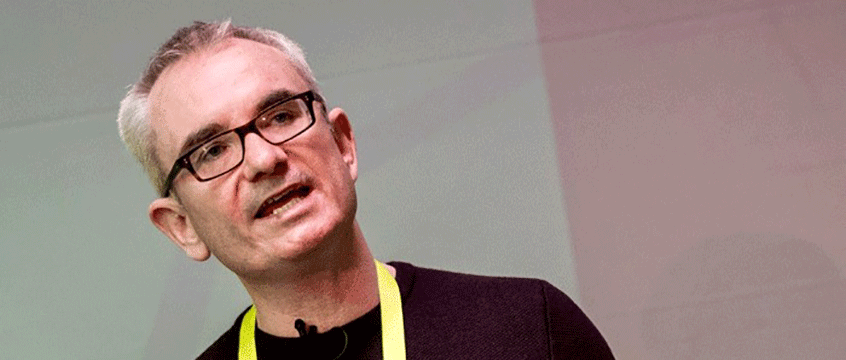COMMENT We have heard the statistic many times about how buildings are responsible for nearly 40% of carbon emissions.
However, we know very little about the carbon use of our properties, be it the embedded carbon of materials used in construction or energy consumption in operation.
The term “performance gap” has been used regularly over the years. As an architect with more than 25 years’ experience in the construction and property sectors, I believed this was the gap because engineers got their calculations wrong; sometimes, actual energy costs are double that as designed.
Over the past few years, we have developed Twinview to help understand property energy performance, so I needed to understand the gap.
Way off the mark
It turns out my understanding was way off the mark. When designing buildings, we are considering compliance with standards such as Building Regulations and Energy Performance Certificates. We are therefore designing to comply rather than for the optimum operational performance.
Design models use static information such as anticipated energy use of lighting, heating, water, or cooling. They do not include lifts, servers or office equipment, all of which significantly affect energy performance.
Therefore, the gap is the energy consumption of equipment not included in the compliance calculations.
Without this level of detail, it is difficult for those who own or operate buildings to predict energy use. With increasing energy costs and carbon reduction, this information is essential to business planning.
What is also missing – and what makes up the remainder of the gap – is how a building operates. Compliance uses fixed scenarios. In reality we know every facility works differently.
Levels of occupancy will impact heating and cooling requirements and, therefore, costs. For example, an office may be open from 6am to 10pm, whereas other facilities may only operate from 9am to 5pm.
Another building may have an on-premise server, while another company may use cloud servers or a kitchen using large amounts of energy.
Closing the gap
There is also the issue of system controls and maintenance. For example, a building operated efficiently by its occupants and regularly maintained will perform far better than a poorly managed building.
What all of this means is that we need to design for compliance and operation to close the performance gap. We need to be aware of all potential energy use of a building and how it can be operated and maintained efficiently.
During my research, I came across a Technical Memorandum from CIBSE: TM54 Evaluating operational energy performance at the design stage (2022). This document provides owners and designers with a methodology to model energy use. Importantly it includes all energy usage and a range of operational scenarios.
This design approach closes the gap. It gets far closer to the actual energy usage allowing building owners and operators to include accurate costs and carbon use in their operational plans.
Only by monitoring and managing all the energy used in our buildings will we be able to optimise their performance, reducing carbon and cost and get anywhere close to solving the climate crisis.
Rob Charlton is chief executive of Twinview











